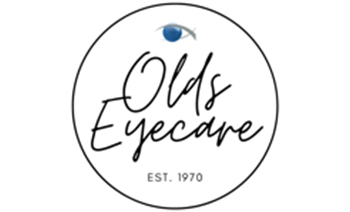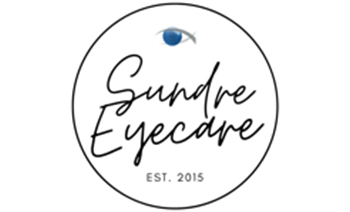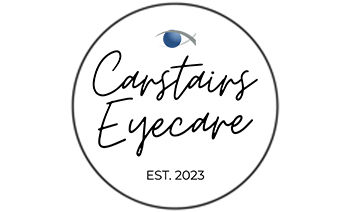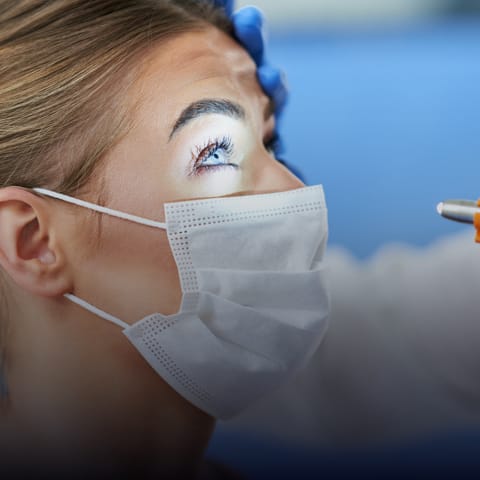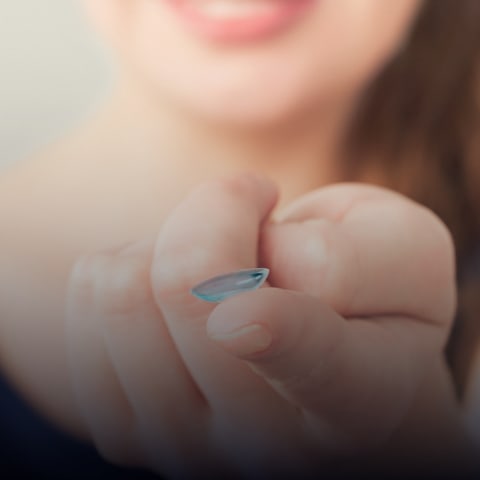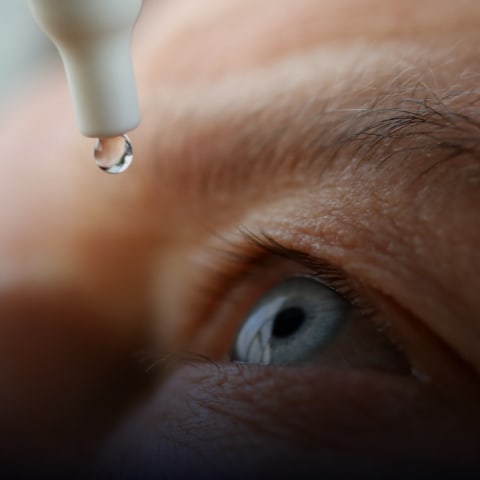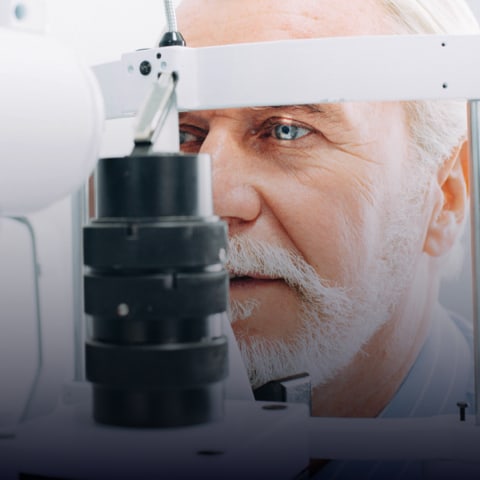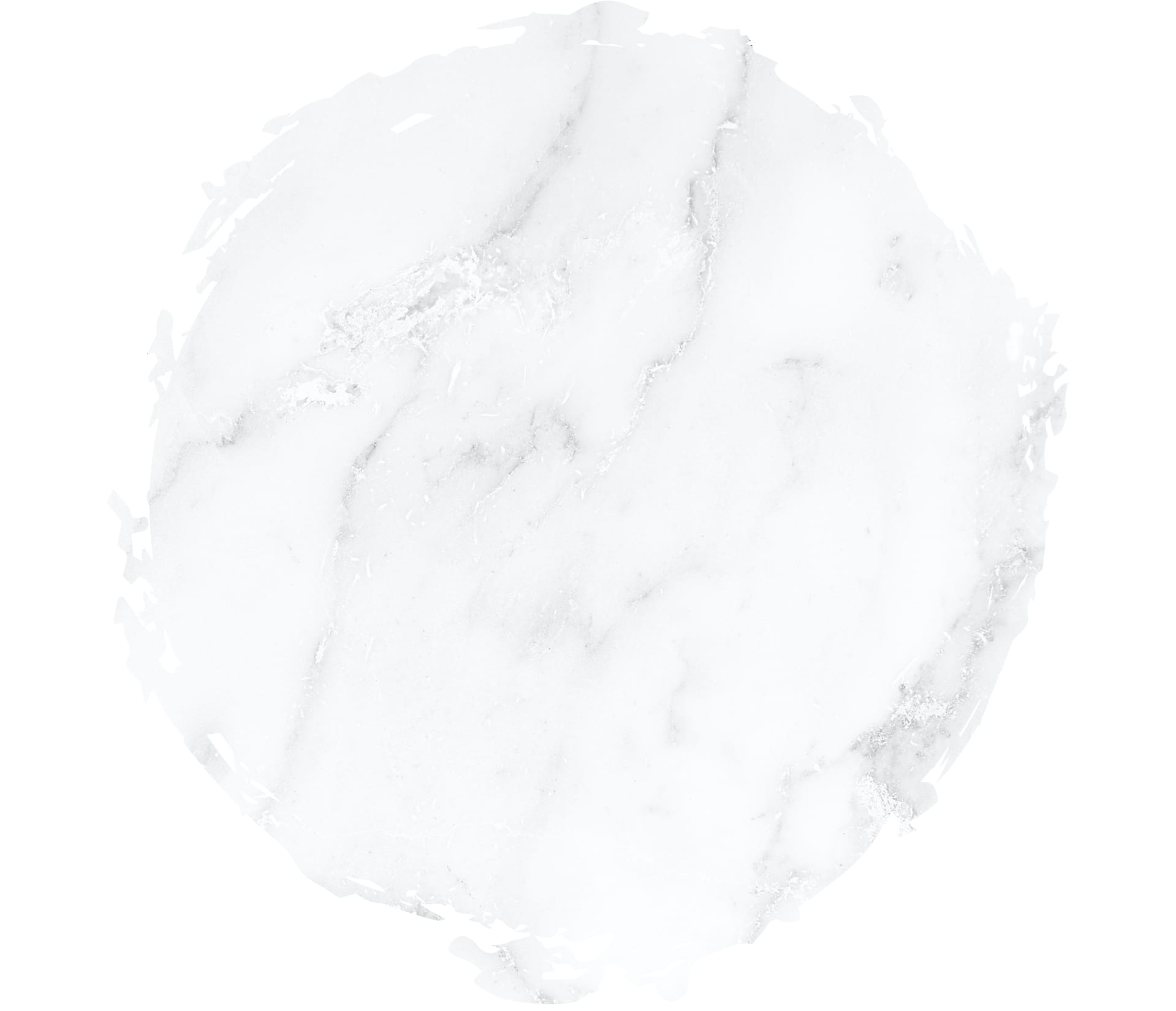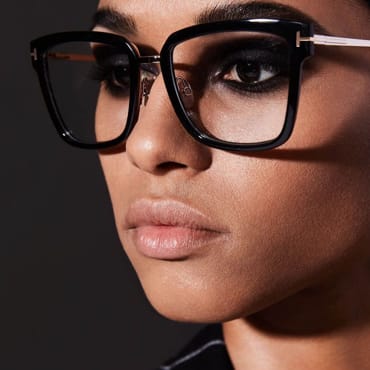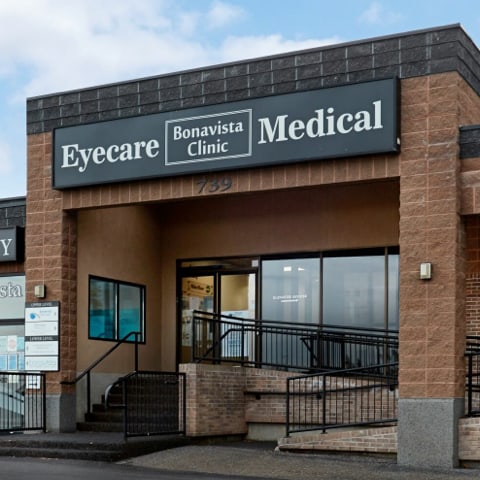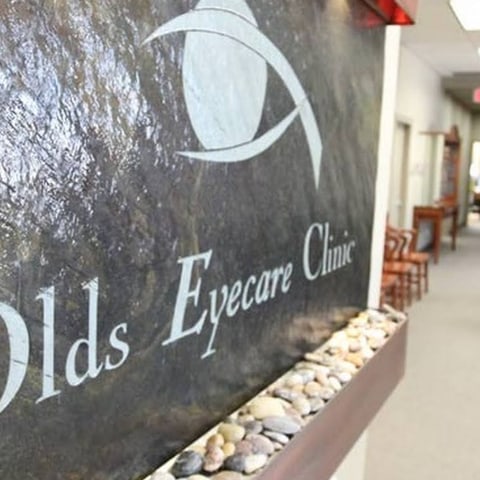Your central vision lets you participate in all sorts of important daily moments, from seeing loved ones’ faces to reading a favourite story to your child. However, an eye condition called age-related macular degeneration, or AMD, can cause your central vision to deteriorate.
The main difference between wet and dry age-related macular degeneration is how they affect the macula. Dry AMD involves thinning and the development of protein deposits, while wet AMD involves leaking blood vessels. Both forms of AMD require attention, but they progress differently and require different treatments. Knowing the distinction is a key part of protecting your vision as you age.
What Is Age-Related Macular Degeneration?
Age-related macular degeneration is an eye condition that can blur the central vision you use for activities like reading, driving, or recognizing faces. It arises when a part of your retina called the macula is damaged. The macula is responsible for your sharpest, most detailed sight.
The Two Main Types: Wet & Dry
AMD comes in two forms, and it’s helpful to know how they differ. Dry AMD is much more common and tends to be less severe. Wet AMD is less common but can cause faster, more noticeable vision changes.
A Closer Look at Dry & Wet AMD
In dry AMD, the macula gets thinner over time, and small yellow protein deposits called drusen begin to build up underneath it. This type of AMD typically progresses slowly over many years. Many people experience minimal vision loss in the early stages.
In some cases, dry AMD may develop into wet AMD. This is part of why it’s important to follow recommended eye exam frequencies to monitor any changes. We can help you keep an eye on your long-term health.
How Wet AMD Affects Vision
Wet AMD is a later stage of the disease that happens when atypical blood vessels grow at the back of the eye. These vessels can leak fluid or blood, which damages the macula and can cause scarring. This leakage leads to the vision distortion that is symptomatic of this condition.
Wet AMD is generally considered more serious because it can cause rapid and significant vision loss. However, both types of AMD can affect your central vision over time, which is why early detection is key.

Recognize the Signs & Risk Factors
In the early stages of dry AMD, you might not notice any symptoms at all. However, as the condition progresses, you may begin to see changes in your central vision.
Key Symptoms & Vision Changes
Pay attention to changes such as:
- Straight lines that start to look wavy or crooked
- A blurry or blank spot in your central vision
- Colours that seem less bright than before
- Difficulty seeing in low light
Common Risk Factors
Your risk for AMD increases with age—especially after age 55. Other factors can also play a part in your overall risk, including:
- A family history of the condition
- Smoking—which can significantly increase your risk
- High blood pressure
- Not enough physical activity
- A history of too much sunlight exposure
How We Check for AMD
We can check for signs of AMD during a comprehensive dilated eye exam and by using a tool known as an Amsler grid to determine the extent of vision loss.
Detailed Eye Scans
We might also use a test called Optical Coherence Tomography, or OCT. This scan uses light waves to take detailed, cross-sectional pictures of your retina. It helps your doctor see changes in the cell layers and look for drusen or any fluid buildup from leaking vessels.
Manage AMD & Support Your Eye Health
While there is no single cure for AMD, different approaches can help manage the condition and slow vision loss. We can discuss your individual situation and help you explore your options.
Care for Dry AMD
For some people with intermediate dry AMD, a special formulation of vitamins and minerals called AREDS2 may help slow its progression. We also offer new treatment options like Macu Mira therapy.
Care for Wet AMD
Treatments for wet AMD often focus on stopping the atypical blood vessels from leaking. This can be done with medicines called anti-VEGF drugs that are injected into the eye. Laser procedures are another option that can be suitable in some cases.
Lifestyle Habits for Healthy Eyes
Making healthy choices can help you lower your risk of AMD or slow its progression. A regular visit to an eye doctor is a great way to stay on top of your eye health. You can also support your vision by:
- Quitting smoking—or not starting in the first place
- Getting regular physical activity
- Eating a diet rich in leafy greens and fish
- Maintaining healthy blood pressure & cholesterol levels
- Wearing sunglasses or a hat to protect your eyes from the sun
Protect Your Eyes from AMD
Taking care of your eyes is an important part of your overall health, which is why our team is here to support you and your family.
If you have questions about AMD or want to schedule a comprehensive eye exam, please contact us at one of our eye clinics in Bonavista, Olds, Sundre or Carstairs. We look forward to helping you achieve your best vision yet.





